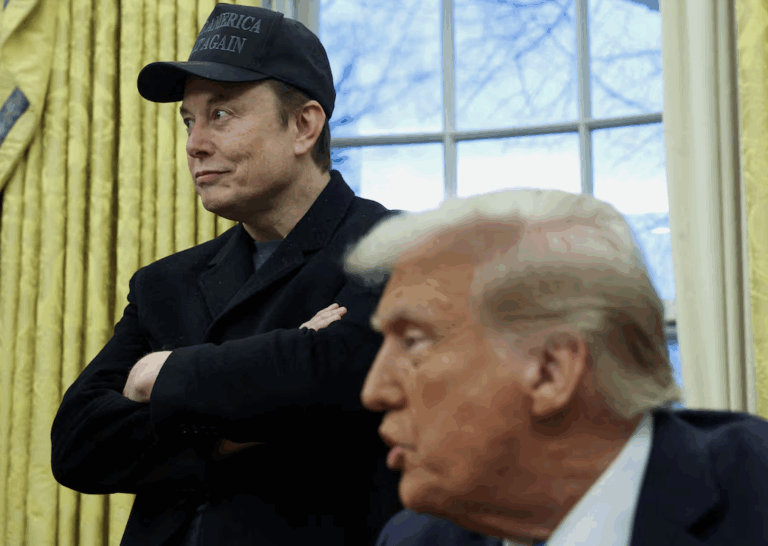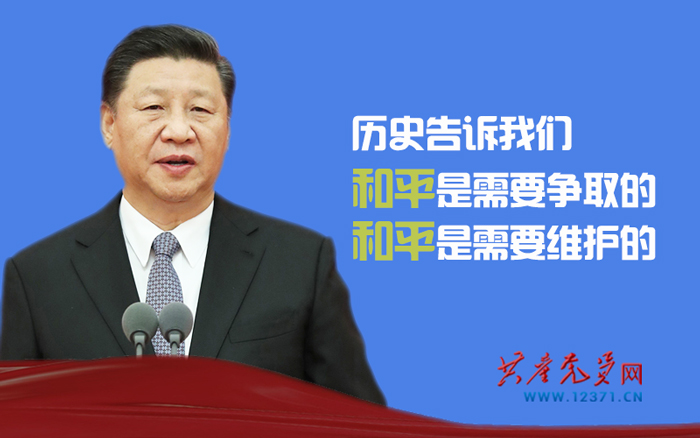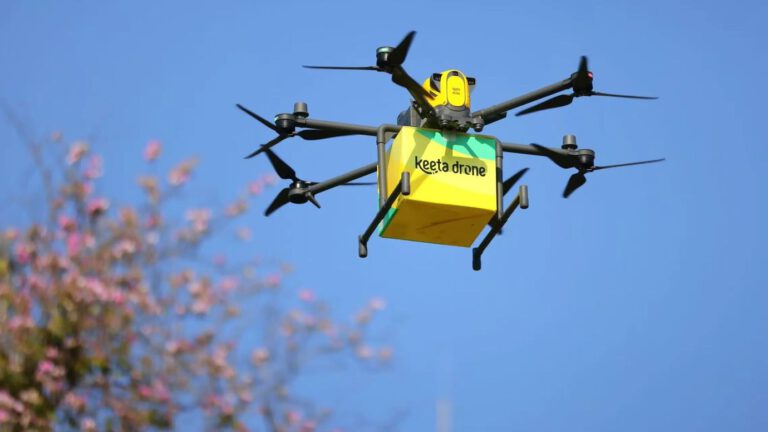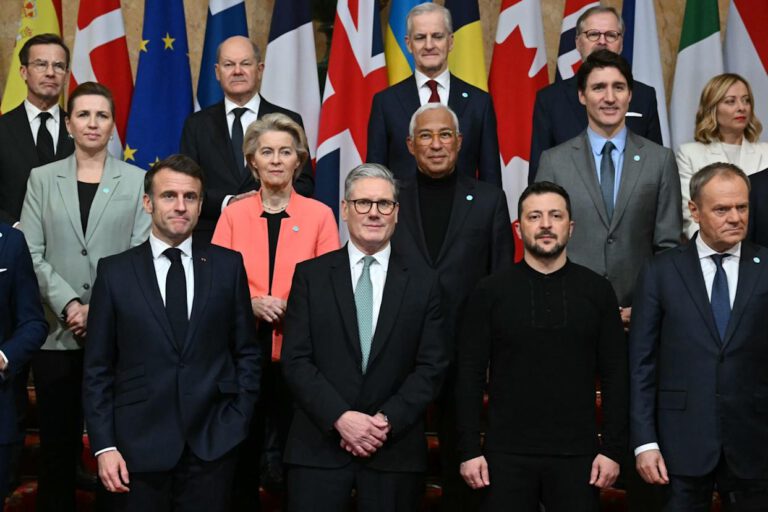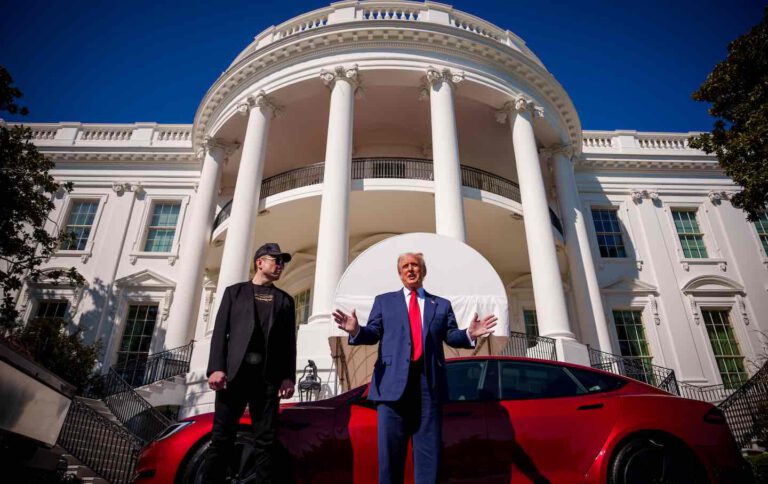On April 28, 2025, President Donald Trump dismissed the majority of approximately 250 AI experts hired under the previous Biden administration, as reported by Time magazine. Angelica Quirarte, who led the recruitment effort during Biden’s tenure, emphasized that these specialists were strategically onboarded within a year to enhance government administrative efficiency. Quirarte estimates that only about 10% of this cohort will be retained following the layoffs.
Despite advocating for U.S. leadership in AI, Trump’s approach reveals a paradox: while launching high-profile initiatives like the Stargate program alongside industry leaders Masayoshi Son and Sam Altman, and issuing executive orders to bolster AI dominance, his administration simultaneously reduces the federal AI workforce. In early 2025, Russell Vought, director of the Office of Management and Budget, circulated a directive urging agencies to prioritize hiring candidates with proven expertise in designing and scaling AI systems in impactful environments. Furthermore, Trump signed an executive order promoting AI integration in education nationwide.
This dual stance—promoting AI advancement while cutting government AI talent—has disrupted continuity. The National AI Talent Surge Program had successfully transitioned 250 AI professionals from the private sector into government roles within the last 18 months of Biden’s administration. Many were embedded across departments, only to be swiftly laid off under Trump’s administration.
Former officials critique these actions as a significant waste of resources, noting that the administration now seeks to recruit the very talent it previously dismissed. Failure to attract qualified experts may compel reliance on costly external contractors.
These layoffs align with broader workforce reductions driven by Elon Musk’s leadership of the Department of Government Efficiency (DOGE), which has also dissolved key technology offices such as the U.S. Digital Service and the 18F technology office—known for pioneering digital solutions like the IRS’s Direct File system.
Federal agencies continue to face stiff competition from the private sector in attracting AI talent, where compensation is typically more lucrative. Julie Siegel, a senior official from the Biden-era Office of Management and Budget, underscores the difficulty of recruiting skilled AI professionals to government service.
Deirdre Mulligan, former director of the Office of the National AI Initiative, warns that the Trump administration’s policies exacerbate talent scarcity and undermine morale. She emphasizes the importance of workforce stability and respect for expertise to retain skilled professionals, cautioning that job insecurity may deter qualified individuals from public service altogether.
Angelica Quirarte, appointed in early 2024 to lead AI recruitment under the Biden administration, brings extensive senior experience in California state government across multiple administrations. She has long advocated for public service careers among tech professionals, highlighting programmers and engineers as natural problem-solvers well-suited to leveraging large datasets to improve public services. To support Biden’s AI talent acquisition, Quirarte founded and directed Tech to Gov, a nonprofit national tech recruitment initiative. She warned that the Trump administration’s abrupt layoffs would severely hinder efforts to attract skilled tech workers.
Initially, Quirarte intended to remain under Trump’s administration to continue recruiting AI talent. However, after 23 days, she resigned, citing a hostile work environment lacking goodwill, good governance, and constructive intentions. Quirarte emphasized that healthy democratic transitions require respect and nonpartisan collaboration.
Despite the U.S. government’s strategic aim to maintain technological leadership, it struggles to compete with the private sector on salary, making recruitment of AI experts challenging. The Biden administration invested significant resources to address this, including a $100 million training initiative announced in July 2024 by the White House Office of Science and Technology Policy.
In April 2024, Robin Carnahan, then director of the General Services Administration, highlighted government opportunities at a virtual job fair, emphasizing the meaningful impact of public service through AI innovation in automation, security, and legacy system integration.
Multiple federal programs supported AI recruitment during Biden’s term, including the Presidential Innovation Fellows within the General Services Administration and the Department of Homeland Security’s (DHS) AI Corps—a key civilian agency initiative designed to enhance service efficiency while safeguarding civil liberties.
By July 2024, these efforts had yielded tangible results: approximately 200 AI experts were hired government-wide, approaching the target of 500 by the next fiscal year.
The DHS AI Corps notably partnered with the Supply Chain Resilience Center to leverage AI for predicting critical supply chain disruptions impacting public safety. It also explored generative AI applications in combating human trafficking and child exploitation.
AI technologies proved instrumental in key DHS missions. For instance, Operation Restore Hope used machine learning to identify over 300 previously unknown victims of cyber child sexual abuse and their perpetrators by enhancing degraded images, providing new investigative leads.
Similarly, FEMA applies AI-driven image analysis to rapidly assess disaster damage, accelerating assistance delivery to affected communities.
Since Trump assumed office, federal agency layoffs and budget cuts have significantly undermined government departments, including those critical to AI initiatives. For instance, open government data platforms relied upon by U.S. colleges and businesses have suffered from lack of updates due to workforce reductions. This exemplifies the Trump administration’s contradictory stance of simultaneously “supporting AI development” while “laying off experts.”
This paradox reflects a complex interplay of governing philosophy, policy logic, and practical interests. Under Elon Musk’s Department of Government Efficiency (DOGE), which champions technology-driven disruption of traditional bureaucracy, Trump’s rhetoric of “breaking political correctness” aligns with aggressive layoffs and deregulation. However, this alliance neglects the government’s essential role in safeguarding public interests and executing long-term strategic planning.
Fundamentally, Trump’s AI policy embodies an “efficiency-first” ideology coupled with a “private sector-led” approach. This ambivalence is rooted in a skewed view of government: aiming to preserve national technological hegemony without embracing corresponding public responsibility. While such a strategy may invigorate market competition in the short term, it risks eroding government capacity, destabilizing research ecosystems, and accumulating social vulnerabilities over time.
For individuals like Quirarte—who sought meaningful public service—this environment dampens morale and enthusiasm. Likewise, displaced experts and AI talents, finding limited accommodation within the administration, are compelled to seek opportunities elsewhere, further draining federal expertise.
Source: Time Magazine, Reuters, AP News



